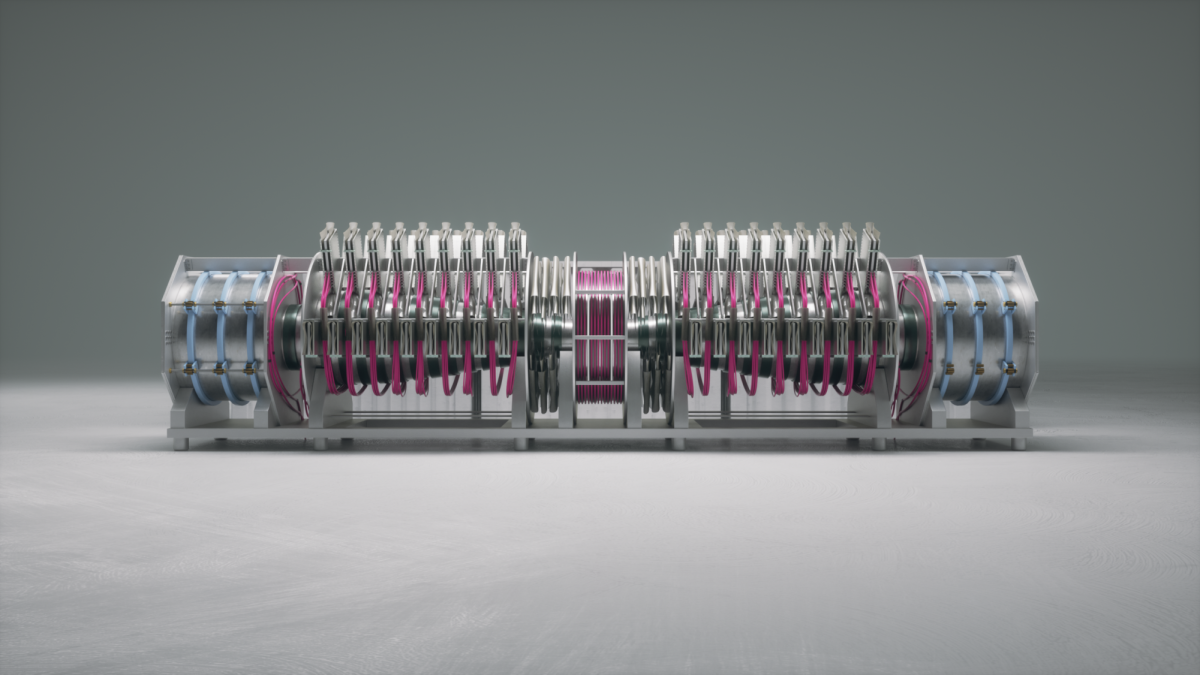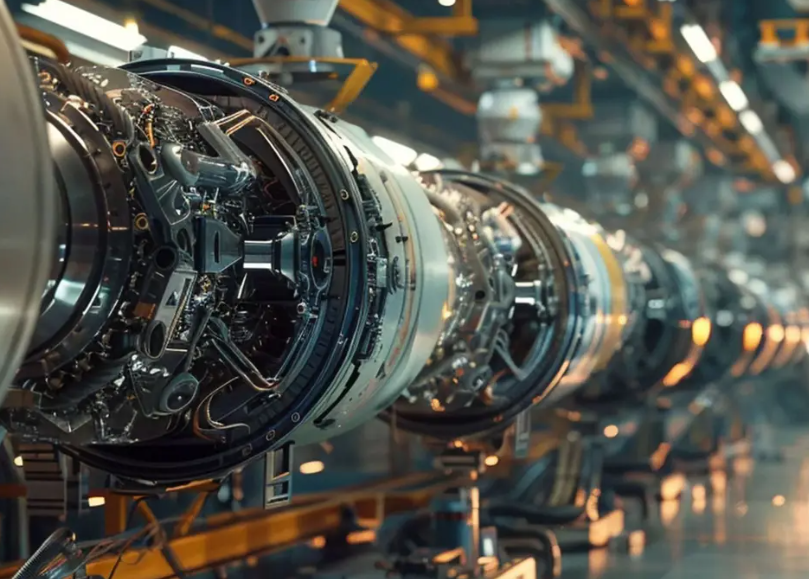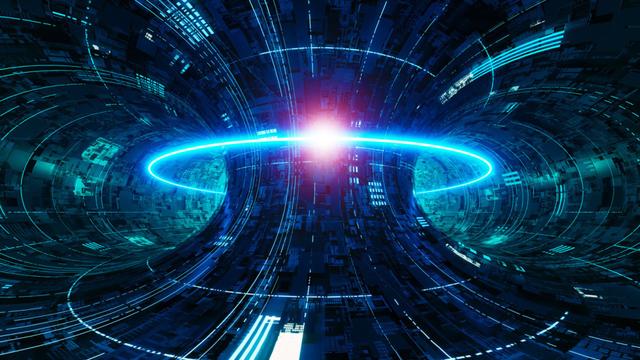What is Nuclear Fusion?
Nuclear fusion is the process in which two light atomic nuclei combine to form a heavier nucleus, releasing a tremendous amount of energy. This is the same reaction that powers the sun and other stars, where hydrogen atoms fuse to form helium under extremely high temperatures and pressures. In fusion, the energy released is much greater than in nuclear fission, the process used in current nuclear reactors. Fusion is considered a promising source of energy because it produces very little radioactive waste compared to fission and uses abundant fuel sources like deuterium, a form of hydrogen. However, achieving controlled nuclear fusion on Earth is extremely challenging, as it requires maintaining the right conditions for the reaction—high temperature and pressure—long enough to produce more energy than is used to initiate the process.
What is Helion?
Helion Energy is a company focused on developing nuclear fusion as a clean energy solution. Unlike traditional fusion methods, Helion uses a magneto-inertial fusion approach, which combines magnetic and inertial confinement. Their reactor design accelerates and collides plasma rings of hydrogen and helium isotopes, creating the necessary conditions for fusion. Helion aims to achieve net-positive energy, where more energy is produced than consumed. They focus on using deuterium and helium-3 as fuel, which produces fewer neutrons and reduces radioactive waste. Helion also plans to directly generate electricity through electromagnetic induction, avoiding the need for steam turbines. The company has secured significant investment, including $425 million from SoftBank, and is targeting a 2028 goal to supply fusion-generated power to Microsoft. If successful, Helion’s fusion technology could provide a sustainable, virtually limitless, carbon-free energy source, transforming the future of global energy production.
What Makes Helion Unique?
Helion Energy is unique because of its magneto-inertial fusion approach, which combines elements of both magnetic confinement and inertial confinement to achieve nuclear fusion. Unlike traditional fusion reactors, which use large, donut-shaped designs (like tokamaks), Helion uses plasma rings of hydrogen and helium isotopes that collide to create the necessary fusion conditions. This design allows for a more efficient and compact reactor.Another distinguishing factor is Helion’s use of deuterium and helium-3 as fuel, rather than the more common deuterium-tritium mix. Helion’s reactor can also produce helium-3 internally, addressing the scarcity of this isotope.Additionally, Helion plans to directly generate electricity using electromagnetic induction, bypassing the need for traditional steam turbines, which enhances overall energy efficiency. With significant investments and a bold goal to supply fusion energy to Microsoft by 2028, Helion is positioning itself as a potential leader in the commercial fusion energy market.
RELATED STORIES:
https://www.seattletimes.com/business/helion-announces-plans-for-fusion-power-facility-in-eastern-wa/
https://newatlas.com/energy/helion-malaga-fusion-reactor-site-washington/
https://www.wenatcheeworld.com/news/local/helion-announces-plans-for-worlds-first-fusion-power-facility-in-malaga/article_b3e64c6c-f552-11ef-a7c9-d39d8b8303bc.html
https://www.heraldnet.com/news/helion-gets-425m-for-its-fusion-goals/
https://www.science.org/content/article/private-companies-aim-demonstrate-working-fusion-reactors-2025
TAKE ACTION:
https://heliongrp.com/our-culture/
https://www.helionenergy.com/team/






